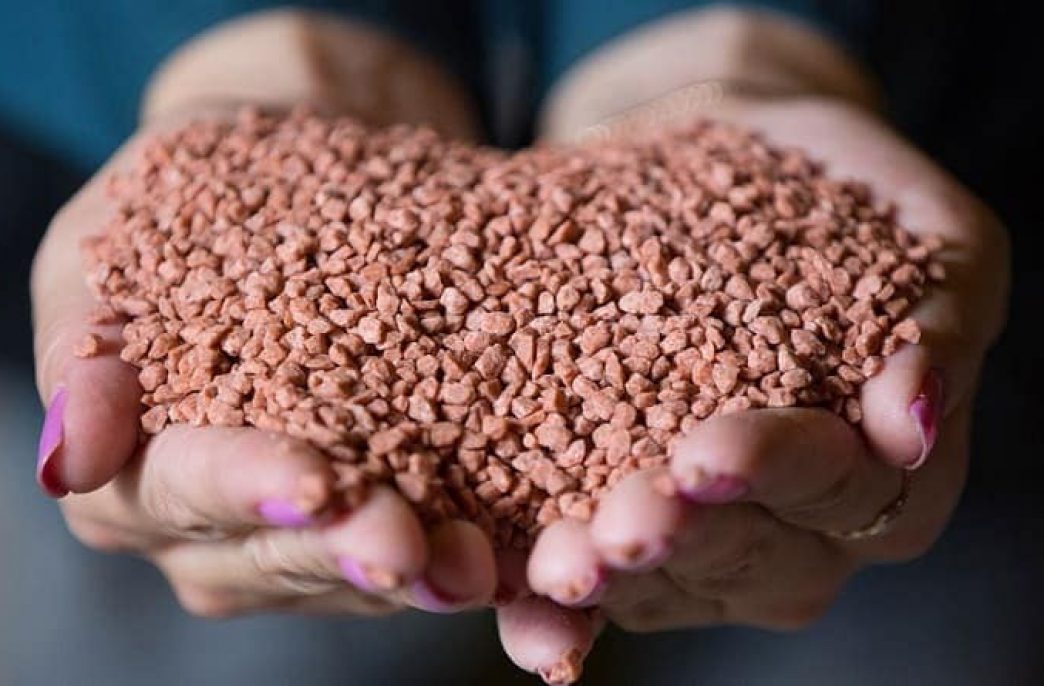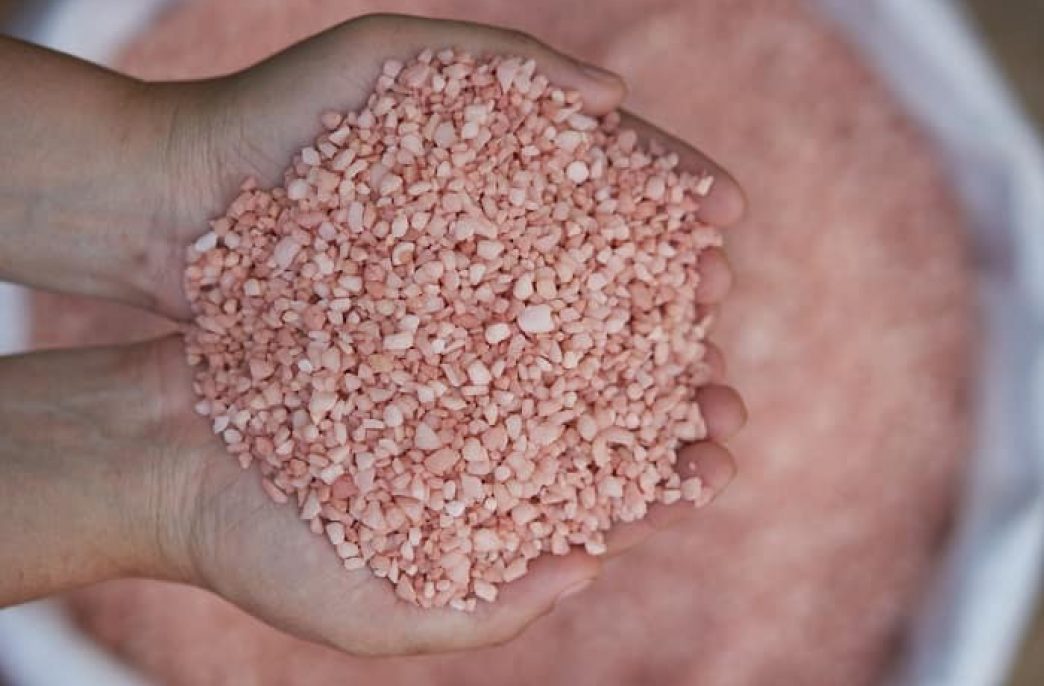Metal

Metal – potassium, calcium, magnesium, sodium, iron – are absorbed by plants in the form of cations: K +, Na +, Ca2 +, Mg2 +, Fe2 +. They affect the state of cytoplasmic colloids and are regulators of life processes in the plant, stimulating some and delaying others. In addition, some organometal compounds are found in the cells of the most important plant organs. For example, seeds are high in magnesium, which is chlorophyll, and iron and copper are enzymes.
Cations play an important role in plant life. It was found that cations introduced into the colloidal solution change the electrical balance, increase or decrease the charge of colloidal particles, which leads to a change in the stability of the colloidal solution of the cytoplasm, the state of which is closely related to cell life processes. In the cells of the plant organism, there is always a transition of sols to coacervates and gels. Cations form thermodynamic gradients in the membranes of the cytoplasm and participate in the operation of membrane ion pumps.
Thus, the presence of electrolytes in the cell is one of the important factors in the regulation of coagulation processes. The effect of ions on colonies depends on their electrical charge and specific properties. Therefore, for a complex complex of colloid-chemical phenomena occurring in a cell, a complex complex of anions and cations present in it is also necessary. For example, metal, calcium ions affect the isoelectric point change of cell colloids: when calcium salts are added to a nutrient solution, a positive antagonism occurs relative to other cations. In this regard, the harmful effects of magnesium and sodium on the plant are eliminated, that is, the physiological balance of the solution is restored. The effect of electric charge specific to cations affects the state of cytoplasmic biocolloids: hydration, changes in its viscosity.
Potassium is associated with the vital activity of the protoplast. In plants it is present in the form of salts and their ions (KCl, KHCO3, K2HPO4). Especially in young organs there is a lot of potassium – in the renal meristems, young leaves, living tissue of the bark, and others. They contain more than 50% of the total amount of potassium ash elements. In contrast, the old organs are low in potassium: it passes through the protoplast from there to the young plant parts. The amount of potassium in the ash of plants without low chlorophyll reaches 60%. Potassium is found in large amounts in carbohydrate-rich organs, such as sugar beet root, potato tubers, and starchy seeds. A great need for this element is observed in plants, which form large reserves of carbohydrates. There is reason to believe that potassium is involved in their transformation. The primary synthesis of metal carbohydrates is determined by their proliferation in the cells of the palisade tissue. Due to the relatively low energy of hydration of potassium ions, it plays an important role in cell irrigation. Potassium increases the activity of amylase and–fructofurayosidase (sucrose) enzymes, which affect carbohydrates, enhances the effect of proteolytic enzymes, which activates the hydrolytic and synthetic activity of enzymes. It activates more than 20 enzymes involved in ATP synthesis and hydrolysis reactions.
According to recent research, potassium ions occupy a certain place in the side chains of large protein molecules. It has been proved experimentally that potassium in a plant can be divided into two parts according to the form of binding: one in potassium adsorbed with colloids – adsorbed potassium, the other forms strong bonds of a chemical nature and contains 50% of such potassium in cells. The property of potassium to form labile bonds with protein and to easily convert to ionic form is important for metabolism. In plants supplied with this element, photosynthesis continues rapidly.
The metal Potassium helps convert solar energy into ATP, is involved in energy transfer in the cell and the synthesis of high molecular weight compounds (proteins, polysaccharides), which helps increase photosynthesis efficiency. The acceleration of energy flow occurs due to the activation of enzymatic reactions with potassium, which catalyzes the transmission of energy-rich phosphorus bonds. It directly affects the synthesis, exchange of amino acids and the polymerization of high molecular weight compounds (proteins, nucleic acids and nucleotides). Relatively high intracellular concentrations of potassium ions are required for at least two processes that are important for the cell: protein synthesis through ribosomes and for glycolysis, in which potassium ions serve as activators of pyruvate kinase (A. Lepinger).




